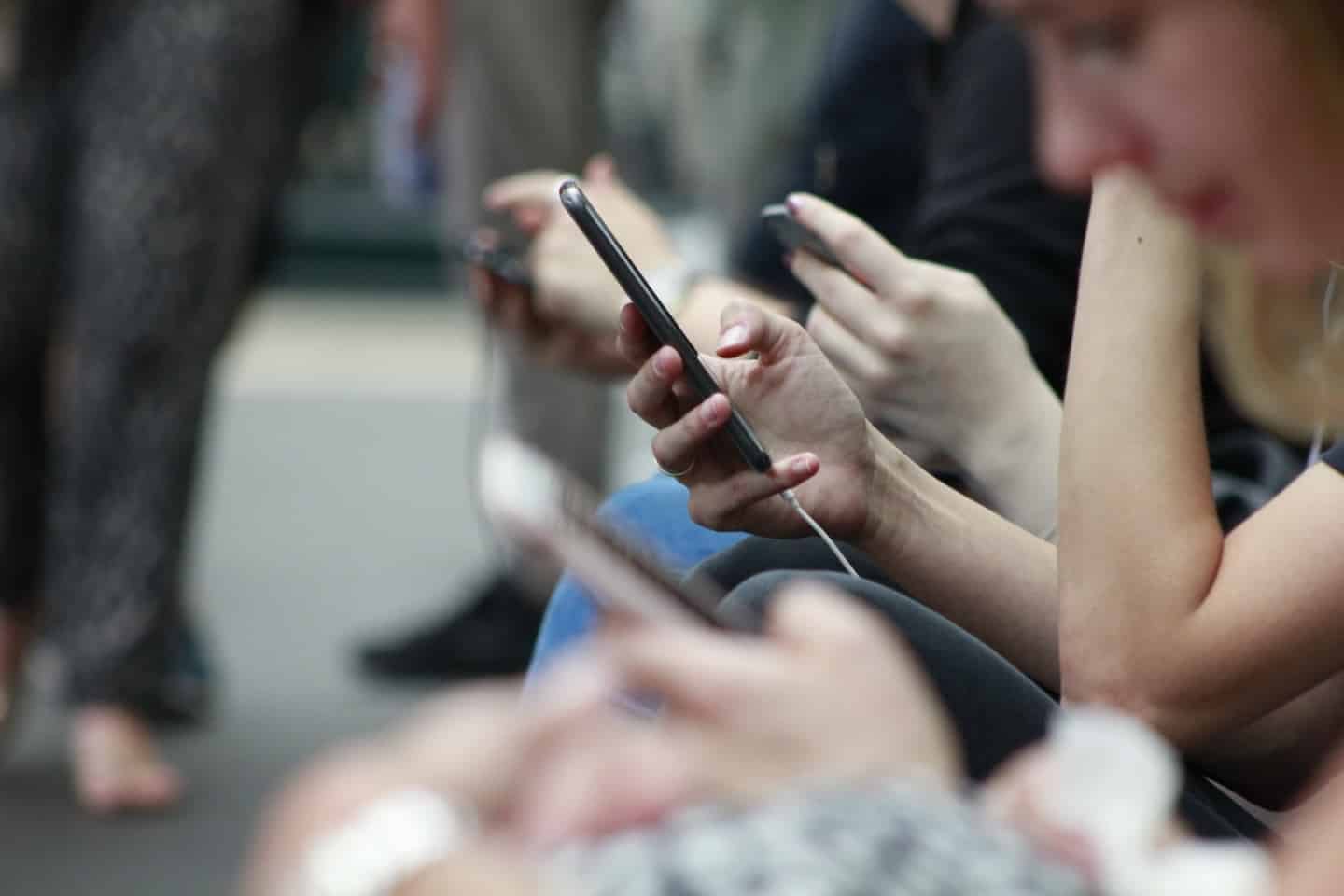Marketing
Mobile Marketing Means a Greater Connection With Your Customers
July 26, 2021

The recent rise in smartphone use has been astronomical. According to eMarketer, in 2020 smartphone usage skyrocketed 17.7% as online shoppers browsed their favorite brands and products for a daily average of three hours and thirty eight minutes — the biggest annual increase since 2014. And most experts agree that this trend isn’t going anywhere soon. Because smartphone usage is predicted to increase by eight minutes in 2021.
For marketers, an increased use of mobile devices means more opportunities to drive engagement with customers who are looking for new ways to connect with your brand. In fact, our recent retail consumer survey found that nearly half of respondents said they had made a purchase on their smartphone. And 53% of those who changed their shopping habits during 2020 said that they plan to continue shopping in new ways post-COVID in 2021.
But while consumers may be shopping via mobile more often, no one wants a bunch of unnecessary communication. Marketers looking to connect with these new audiences should focus on mobile marketing that improves the customer experience by using first-party data to fuel messaging that matters.
How first-party data means better personalization
Most businesses already have the insight they need to improve customer experiences and drive loyalty — they just don’t always know it. Every time someone interacts with your brand, from website clicks to newsletter emails, they’re giving you valuable first-party data points to elevate your strategy. The trick, however, is harnessing the power of first-party data to drive personalization and real-world results.
For example, first-party data has revolutionized personalization in the publishing world. In order to boost subscriptions and improve the email experience for its loyal readers, The San Francisco Chronicle recently revisited its own subscriber lists to collect topical info in order to personalize email newsletters and make on-site content recommendations more engaging.

After analyzing its first-party data feedback to make its newsletter subscription process as painless as possible, The San Francisco Chronicle increased its email subscriber base by 54% in 2020 — in addition to growing its email CTR by over 31% and its website pageviews by nearly 45%.
A unified digital marketing strategy drives engagement and CX gains
Combining email strategy with SMS means reaching users with valuable information both in their inboxes and on their phones. However, the key is knowing where to send which message. That way, you can create an omnichannel strategy that never feels intrusive.
The 160-character limit on an SMS message means that text probably isn’t the best place for lengthy offers or product descriptions. However, information like shipping updates or flight times are likely to get lost in an inbox. Using first-party data to ensure both customers’ inboxes and notifications work in tandem is key to providing value to the mobile user.
Tap-to-text means customer service is just a touch away
One way to make sure mobile users aren’t missing out on SMS communications is to add a tap-to-text button to emails in order to make customer service representatives available with just a few taps. Abandoned cart reminders also provide an excellent way to stay in touch via SMS.
Plan on push notifications for customer retention
All the work of encouraging subscribers to download an app might just be wasted if they forget the app is even on their phone. However, a recent study by Airship found that subscribers who receive push notifications are two times more likely to keep an app.
And providing personalization via push notification is even better. Advanced personalization algorithms can provide the same level of personalization for push notifications as it does for email, including personalized greetings, images, and product offers.
Message streams offer a unique opportunity for communication
In-app messaging offers a unique level of personalized communication with audiences who have sought out and downloaded an app specifically for that special attention. So make sure your messages are keeping subscribers completely up-to-date by creating a queue of messages, just like you might with email, within your app serving targeted offers, products, campaigns, products, or more, in a rich visual format that users can visit at any time. These message streams create an ongoing conversation, making app subscribers much less likely to uninstall.
As consumers spend more time and money on mobile devices than they ever have in 2021, businesses who fail to unite their email and mobile marketing strategies could be missing out on new audiences just waiting to connect. Take advantage of the time you have now to make sure your company prioritizes personalized mobile marketing and never falls into this category.
The State of Brand Loyalty in the U.S. in 2023
Related



